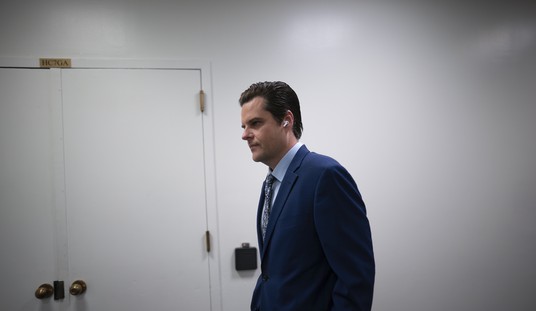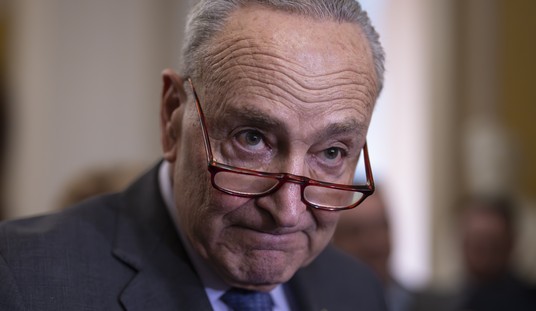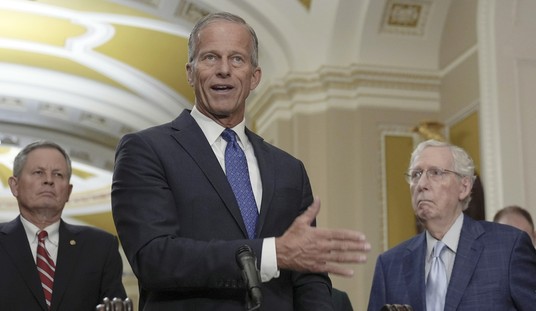FOR A NATION that almost never puts murderers to death — there were 14,196 homicides in 2013, but only 39 executions — Americans spend an awful lot of time debating whether and how to do it.
The Utah legislature last week passed a bill reinstating the firing squad to execute death row inmates, as a back-up in case lethal-injection drugs aren't available. It was in Utah five years ago that the last death by firing squad in the United States took place, when Ronnie Lee Gardner paid with his life for the courthouse murder of attorney Michael Burdell in 1985. Utah's governor hasn't said yet if he will sign the bill into law — but his isn't the only state grappling with the question of how capital punishment should be carried out.
In Wyoming, a proposal to restore the firing squad won initial approval earlier this year, though the state's legislative session expired before the law could be finalized. The Alabama House voted last week torevive the electric chair if lethal injection becomes untenable; in 2014, Tennessee Governor Bill Haslam signed a comparable measure passed overwhelmingly by lawmakers in Nashville. And in Oklahoma, the House and Senate have approved a return to the gas chamber, using inert nitrogen gas to induce death painlessly.
This quest for substitutes to lethal injection is the result of a determined campaign by death-penalty opponents to keep pharmaceutical companies from selling the drugs used in executions to state prison systems. But it's one thing, it turns out, to impede the use of a specific method of executing murderers — even a method that had widely been regarded as the most humane alternative to electrocution or hanging. It's something quite different, something much more difficult, to overturn the longstanding American consensus that in the most terrible cases of murder, killers should pay with their lives.
Recommended
Until a few years ago, lethal injection had gained broad acceptance as the safest, least brutal means of putting a murderer to death. Of the 1,403 executions carried out in the United States since 1976, more than 85 percent were by this method. The standard injection protocol used
But the last American manufacturer of the drug halted production in 2011, and a European embargo on exporting the needed drugs for use in executions made it impossible to get the drugs from overseas. Some states, forced to improvise as their inventory dwindled, turned to unnamed compounding pharmacies, or they formulated new and largely untested lethal-injection protocols. In some instances, such as the bungled execution of Oklahoma murderer-rapist Clayton Lockett last year, the results have been gruesome and disturbing.
Perversely, death-penalty foes have succeeded only in making lethal injections less safe. "In pushing for outright abolition of capital punishment, we have undermined the countervailing effort to make it as clean and painless as possible," acknowledged Boer Deng and Dahlia Lithwick in an essay in Slate shortly after the Lockett fiasco. The upshot: "What was, until pretty recently, a fairly standard national method of lethal injection has been driven underground and into the dark by efforts in both the United States and Europe to end capital punishment altogether."
If anything, the prospects for lethal injection are even dimmer now. Ohio has postponed all executions for the rest of the year, in order to give authorities time to find new drugs. Pennsylvania and South Carolina have depleted their supplies of pentobarbital, the primary lethal-injection drug. Even Texas, the state with the most experience in administering the death penalty, is about to run dry.
But while lethal injection may become unworkable, strong support for the death penalty endures.
Behind the legislation in Utah, Tennessee, Oklahoma and other states to authorize other execution methods as alternatives to lethal injection is not a primitive hankering to kill, but a civilized commitment to justice. However unfashionable it may be in some precincts to say so, most Americans intuitively understand that the death penalty is not only lawful but enlightened. Everyone knows that few murderers will ever face execution. But that no murderer should ever face execution? That would be intolerable.
Society's attitude toward evil is revealed in how it penalizes those who commit evil. For greater crime there must be greater punishment; with the very worst punishment, death, reserved for the very worst crime: cruel and premeditated murder. There are some offenses so monstrous that those who perpetrate them forfeit their right to live. Justice requires a death penalty, even if we must debate how best to carry it out.

























Join the conversation as a VIP Member